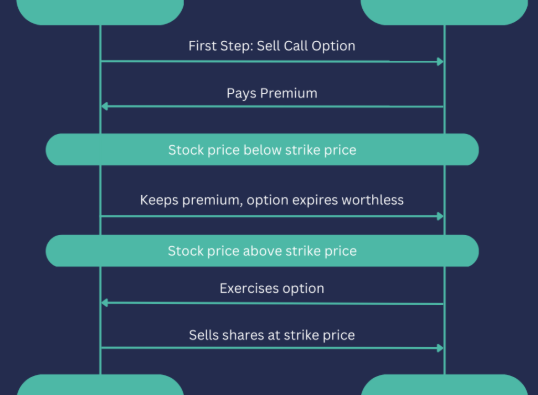
In the world of technical analysis, trendlines are among the most valuable tools available to traders. These lines, drawn directly on price charts, help visualize market momentum and provide insights into where prices might head next. Whether you’re a beginner or a seasoned trader, understanding how to effectively use trendlines can significantly enhance your ability to interpret market behavior and make more strategic trading decisions.
What Are Trendlines in Trading?
A trendline is a straight line plotted on a chart that connects specific price points to highlight the overall direction of a stock or asset. Traders use them to interpret whether the market is trending upward, downward, or moving sideways. More than just a visual aid, trendlines can suggest areas where price movement might stall or reverse—making them a staple in trading strategies focused on timing.
How Trendlines Are Used in Trading
Trendlines are used to outline trends and signal potential changes in price direction. By connecting successive lows in a rising market or consecutive highs in a falling market, a trader can draw a line that reflects the market’s general path. These lines act as dynamic support or resistance levels. When prices approach or touch a trendline without breaking through, traders often consider this a point of interest for entering or exiting a trade.
In an uptrend, traders typically connect higher lows to form a support line beneath the price movement. In a downtrend, they draw lines across descending highs, identifying resistance that the price may struggle to overcome.
Practical Guide: Drawing a Trendline on a Chart
Step 1: Open your preferred charting platform.
Step 2: Access the drawing tool menu—usually marked by an icon resembling a pen or a line.
Step 3: Select the trendline tool from the list of drawing options.
Step 4: Identify two significant lows for an uptrend, or two highs for a downtrend, on the price chart.
Step 5: Click the first point, then drag the line to the second point that matches the trend.
Step 6: Release the line once it aligns with your intended trend path.
Step 7: Customize the line for better visibility—change its color, thickness, or style if needed.
Step 8: Label the trendline for clarity, especially if your chart contains multiple indicators.
Step 9: Double-check that the line accurately represents the price points you selected.
Step 10: Save your chart in a preferred format once you’re satisfied with the adjustments.
This process allows traders to monitor how prices react around the trendline and make more informed predictions.
Limitations to Keep in Mind
While trendlines can be powerful, they are not flawless. In volatile markets, prices can break through trendlines temporarily before reversing, leading to false signals. Moreover, drawing trendlines requires some subjectivity—two traders may draw different lines based on how they interpret the price action. That’s why it’s best to use them alongside other analytical tools like volume indicators, moving averages, or momentum oscillators for better accuracy.
Trendlines vs. Channels
Though similar in purpose, trendlines and channels differ in their structure. A trendline is a single line marking either support or resistance. A channel, on the other hand, consists of two parallel lines—one representing support and the other resistance—forming a price corridor. Channels offer a broader context by defining both the floor and ceiling of a price movement, making them useful for spotting overbought and oversold conditions within a trend.
Types of Trendlines
There are three primary trendline categories:
- Ascending Trendline: Indicates rising prices by connecting higher lows.
- Descending Trendline: Suggests declining prices by linking lower highs.
- Horizontal Trendline: Reflects a stable price range, with neither upward nor downward momentum.
Each type plays a distinct role in helping traders navigate the markets.
Common Questions About Trendlines
What are trendlines used for in stock trading?
They are mainly used to identify trends, determine market direction, and recognize potential reversal points.
Who typically uses trendlines?
Traders, technical analysts, and financial strategists across various markets—stocks, forex, commodities—rely on trendlines for chart analysis.
How are trendlines different from moving averages?
While both show trend direction, trendlines are static lines drawn between actual price points, whereas moving averages are calculated averages that smooth out data over a period.
Final Thoughts
Trendlines are one of the most effective tools in a trader’s arsenal for spotting trends and anticipating future price action. They provide a simple yet insightful way to gauge market behavior and potential trade opportunities. However, like any tool, they work best when combined with a well-rounded strategy that includes other technical indicators and sound risk management. By learning to draw and interpret trendlines effectively, you can strengthen your trading discipline and improve your ability to make well-timed decisions in the market.









